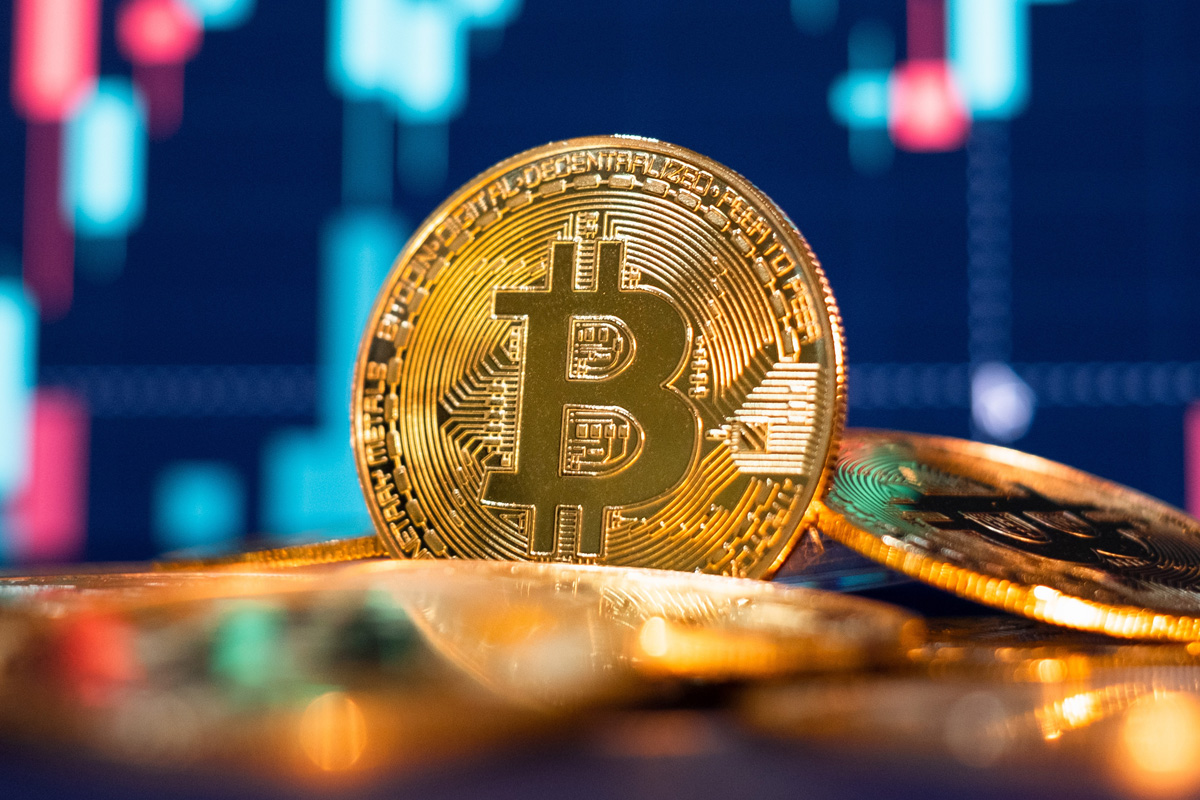What are Cryptocurrencies, Mining, Tokens, and Altcoins?
Date: 15.06.2021
Here is a selection of our explanatory posts from social networks regarding cryptocurrency, mining, tokens, and altcoins.
What is Cryptocurrency?
Simply saying, cryptocurrency is an artificial currency that equates in price to real money. The cryptocurrency price depends on the trust and demand among investors.
The cryptocurrency is stored in an electronic wallet. It is mined using blockchain technology, which implies the absence of centralized control and the impossibility of changing or deleting information.
It is the main difference between cryptocurrency and real money. Real money is issued and controlled by national banks. But with blockchain technology, it is not banks and payment systems that store registers but computers of any user with special software installed.
It means you can find out everything about when and how much cryptocurrency was used in the entire history of its existence. Also, cryptocurrency is global and universal. Cryptocurrency account cannot be blocked, it is anonymous and can be used anywhere.
What is Mining?
Cryptocurrency mining is the process of receiving a reward for generating keys that create a new block in the blockchain.
Mining can be divided into three types:
- Home mining. People extract cryptocurrency at home using powerful graphic cards. They also purchase additional hardware and organize a "home farm."
- Industrial mining. In this case, miners use specialized hardware called application-specific integrated circuits (ASIC). These solutions have the most efficient power-to-energy ratio.
- Cloud mining. In this case, miners rent mining equipment, which may be located on another continent. That is, you pay a fixed amount without going into details.
There is also the concept of a mining pool, which implies the unification of miners under a single server. The more computing power the pool members' equipment has, the higher the probability of signing the next block by the pool.
Tokens and tokenization
A token is an accounting unit representing the value of anything: it can be goods, services, actions, securities, etc. The process of transferring from the real world to the digital and turning it into a token is called tokenization.
Let's take a look at the example. We take one horse from the real world and issue one token that is equal to one horse. We call it a horsecoin or horsetoken. Hence, we are trading with this token that equals one horse. A person who buys this token from us gets a horse.
In place of a horse, there can be stocks or other securities, the price of which can change throughout the entire time. For example, if Sony issues a token, its price will fluctuate depending on the Sony shares on the stock market.
Tokens are most often issued during the initial cryptocurrency coin offering (ICO) period.
Conventionally, tokens can be divided into several types:
- Functional tokens that are required for cryptocurrency to work. For example, ether in Ethereum, Theta Fuel in Theta, etc.
- Assets tokens that imply value in the form of securities.
- Non-fungible tokens (NFT), that are used in art or other unique things trading transactions. Their key feature is the inability to exchange, copy, or replace. It can be called digital collecting.
The main difference between tokens and cryptocurrencies is:
• Issue can be centralized;
• Verification of transactions can be centralized;
- Can be launched on a third-party blockchain.
Altcoins and Stablecoins. What is the Difference?
Bitcoin is not the only one in the crypto industry. You may often hear news about altcoins and stablecoins, but what are they?
Altcoins are cryptocurrencies created after bitcoin. This term comes from the abbreviation of the words "alternative" and "bitcoin." The purpose of their development is to create a more flexible and affordable analog of bitcoin. The first altcoin appeared in 2011 under the title Namecoin. Currently, the number of altcoins exceeds 5000 (Ethereum, Litecoin, Cardano, etc.).
Stablecoin is a cryptocurrency that mimics the value of fiat currencies, in particular the dollar. This connection with the material values of the real world has several advantages:
• low volatility;
• fast conversion of fiat money into cryptocurrency and vice versa;
• storage of funds in stablecoins in countries with an unstable national currency exchange rate.
There are now over 60 varieties of stablecoins (Tether, USD Coin, Binance USD, etc.).
